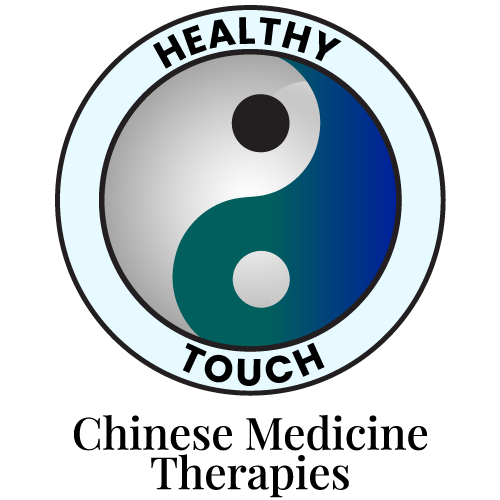Cupping is a healing method that has its roots in traditional Chinese and Iranian medicine. Between the 3rd century B.C.E. and the 20th century it was developed and widely used as part of the treatment of many diseases and infections. The principle of cupping is based on creating a negative pressure inside the glass vessel, which leads to pulling the skin and subcutaneous tissue inside the cup. Irritation of the skin and small blood vessels leads to the effect of congestion at the place of cupping.
The local inflammatory reaction caused by the release of blood into the subcutaneous tissue activates the immune mechanisms. In short, it leads to the mobilization of the immune forces and a cascade reaction, at the end of which the production of antibodies that target the infection plaguing the patient’s body takes place.
In addition to the properties of general stimulation of immune reactions, cupping can also stimulate local reactions, which is why it is also used in the treatment of many pain syndromes. It can improve blood circulation, which results in the reduction of pain in the affected area. Indications for cupping include not only systemic diseases and infection, but also problems with the musculoskeletal system. This method may be very effective in treating diseases and ailments such as bronchitis, flu, pneumonia, cold, sports injuries, and various arthritic diseases.
Appointment

Monday-Saturday
Sunday-closed
Copyright © 2023